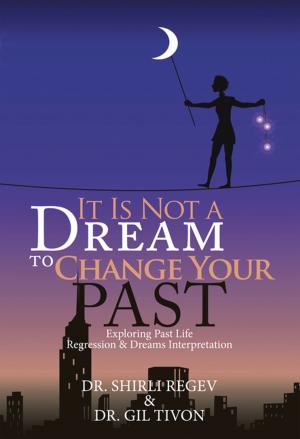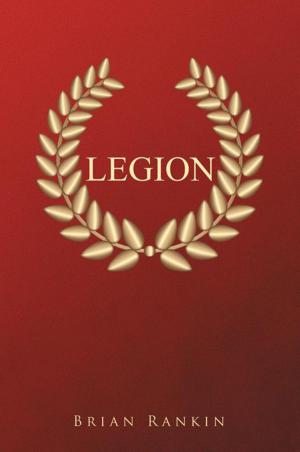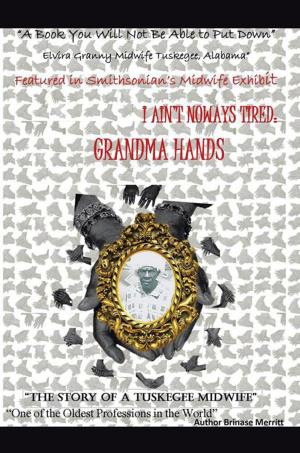| Author: | Melinda Dame Wilferth | ISBN: | 9781462812431 |
| Publisher: | Xlibris US | Publication: | May 21, 2008 |
| Imprint: | Xlibris US | Language: | English |
| Author: | Melinda Dame Wilferth |
| ISBN: | 9781462812431 |
| Publisher: | Xlibris US |
| Publication: | May 21, 2008 |
| Imprint: | Xlibris US |
| Language: | English |
On Easter Sunday, 2003, John Wilferth, a dynamic thirty-seven-year-old financial advisor, experienced a devastating status epilepticus seizure for over five hours. Two days later, he woke to find himself with a rare cognitive disorder—partial long-term memory loss combined with severe impairment of his short-term memory function. Not only had much of John’s past disappeared, the way in which he experienced the present had changed radically. What is it like when you cannot remember what happened an hour, or even five minutes ago? How do you work? How do you plan your life? How do you even go shopping, hold a conversation, or take a simple walk without getting lost? John’s seizure left him able to function intelligently in the moment, with his personality intact. But his inability to remember made it extremely difficult to perform countless ordinary tasks. His condition also profoundly challenged his sense of identity as it left him feeling stranded in the moment—lost in the here—with only weak and perpetually disappearing ties to the immediate past. Lost in the Here, by John’s wife Melinda, chronicles the Wilferths’ life for two years following the status seizure as they face a multitude of extraordinary trials. Readers first meet John and Melinda within a gripping account of the status episode. After learning important details about the couple’s prior life together, they accompany the Wilferths through many remarkable incidents, variously horrifying, uplifting, or humorous, as the family deals with the ramifications of John’s condition and he courageously attempts to re-enter mainstream society. In time, readers follow John to Germany, where he steps dangerously far out on one of medicine’s sharpest and most controversial cutting edges by undergoing stem-cell injections to treat both his epilepsy and his memory dysfunction. Afterward, they return home with him to witness increasingly telling occurrences that strongly suggest improvement in his memory function. These incidents culminate with John working through the night to perform an exceptional cognitive feat—composing an important letter embodying a complex legal argument—that requires both long- and short-term memory. The next morning, in a jubilant scene, John makes copies of the letter and staples them on doors and walls of the Wilferths’ home out of pride for his achievement and to insure that he does not forget what he accomplished the night before. Though this event marks the limit of John’s physiological recovery to date, he has recently developed new methods to compensate for his cognitive impairment, thereby achieving much greater autonomy. These methods and how they help him to achieve greater autonomy are explained in the final chapter, where his new-found independence is reflected by several heartening incidents in which he ventures out into the wider world on his own. The book ends triumphantly in a funny and wonderful occurrence that demonstrates how unstoppable John is and enables the reader to more fully understand how the Wilferths’ love, faith, and moxie will continue to sustain them.
On Easter Sunday, 2003, John Wilferth, a dynamic thirty-seven-year-old financial advisor, experienced a devastating status epilepticus seizure for over five hours. Two days later, he woke to find himself with a rare cognitive disorder—partial long-term memory loss combined with severe impairment of his short-term memory function. Not only had much of John’s past disappeared, the way in which he experienced the present had changed radically. What is it like when you cannot remember what happened an hour, or even five minutes ago? How do you work? How do you plan your life? How do you even go shopping, hold a conversation, or take a simple walk without getting lost? John’s seizure left him able to function intelligently in the moment, with his personality intact. But his inability to remember made it extremely difficult to perform countless ordinary tasks. His condition also profoundly challenged his sense of identity as it left him feeling stranded in the moment—lost in the here—with only weak and perpetually disappearing ties to the immediate past. Lost in the Here, by John’s wife Melinda, chronicles the Wilferths’ life for two years following the status seizure as they face a multitude of extraordinary trials. Readers first meet John and Melinda within a gripping account of the status episode. After learning important details about the couple’s prior life together, they accompany the Wilferths through many remarkable incidents, variously horrifying, uplifting, or humorous, as the family deals with the ramifications of John’s condition and he courageously attempts to re-enter mainstream society. In time, readers follow John to Germany, where he steps dangerously far out on one of medicine’s sharpest and most controversial cutting edges by undergoing stem-cell injections to treat both his epilepsy and his memory dysfunction. Afterward, they return home with him to witness increasingly telling occurrences that strongly suggest improvement in his memory function. These incidents culminate with John working through the night to perform an exceptional cognitive feat—composing an important letter embodying a complex legal argument—that requires both long- and short-term memory. The next morning, in a jubilant scene, John makes copies of the letter and staples them on doors and walls of the Wilferths’ home out of pride for his achievement and to insure that he does not forget what he accomplished the night before. Though this event marks the limit of John’s physiological recovery to date, he has recently developed new methods to compensate for his cognitive impairment, thereby achieving much greater autonomy. These methods and how they help him to achieve greater autonomy are explained in the final chapter, where his new-found independence is reflected by several heartening incidents in which he ventures out into the wider world on his own. The book ends triumphantly in a funny and wonderful occurrence that demonstrates how unstoppable John is and enables the reader to more fully understand how the Wilferths’ love, faith, and moxie will continue to sustain them.















